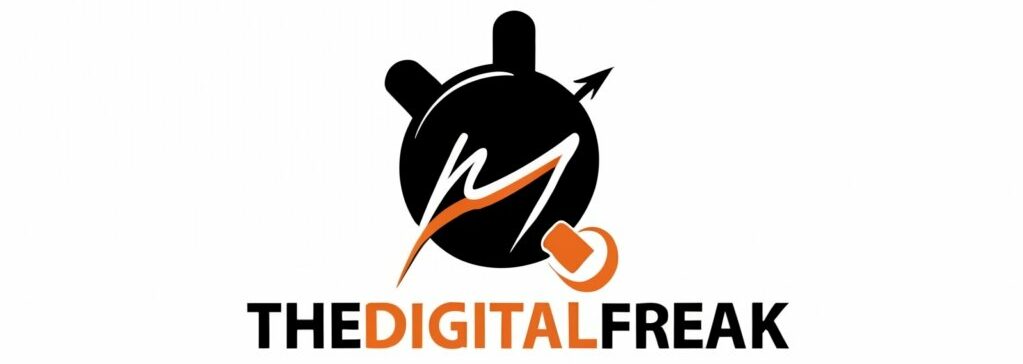
Before learning about types of data analysis, let us brief first what is Data Analysis.
Data Analysis
Any rational person takes any decision in their life is by thinking about what happened last time or what will happen by inclining toward that particular decision.This is analyzing our past or future and making decisions based on it. So that is nothing but data analysis. This is the same thing analyst does for business objectives, is called Data Analysis.
Data Analysis is a method to clean, transform, and organizeddata to find out beneficial information for business decision-making. The main objective of Data Analysis is to take out useful information from given data and taking the decision based on the analysis.
To grow business,analysis is the most important step to understand!
If you are working hard but still your business is not growing effectively you have to look back and acknowledge your mistakes, but don’t stop here. Take a new step to improve thepast’s mistakes by Analysis.
I hope it will beneficial to you for a brief understanding of Data Analysis. Let’s move towards the major kinds of Data Analysis.
What are the different types of data analytics?
Most of the businesses are looking forward to progressing a competitive advantage ofdata analysis. Data Analysis is divided into four major categories.
- Descriptive Analytics: it answers what is happening?
- Predictive Analytics: it answers what is likely to happen?
- Prescriptive Analytics: it provides recommendations to take next.
- Diagnostic Analysis: it answers why it is happening?
Data Analysis plays animportant part of running a successful business.Data Analytics are in high demand, there isa number of data analytics certifications offered online to master our skills.Let us learn all these four major categories in more detail, and give examples of how they are working in the business.
1. Descriptive Analytics
The very first type of data analysis is “Descriptive Analysis.” It is the simplest and common use of data in business today. The Descriptive analysis provides the answers to “what ishappening” by summarizing historical data, usually in the form of dashboards to identify patterns.
How does it Work?
Dataaggregation and datamining are two different techniques used in descriptive analytics to discover past data. At first, data is collected and sorted by the data aggregation to make the datasets more manageable by the analysts.After the completion of data aggregation, the next step of the analysis is data miningwhich involves a search of the data to identify patterns and meaning. Identified patterns are analyzed to explore the specific ways that learners interacted with the learning environment.
Example of Descriptive Analysis
The discoveries from descriptive analytics can quickly detect those areas which require perfection whether it can be improving learner engagement or the effectiveness of course delivery.
Here are some examples of how descriptive analyticworks in the field of learning analytics:
- Tracking course enrollments, course compliance rates.
- Recording in which learning resources are accessed.
- Summarizing the time of a learner’s posts in a discussion board.
- Tracking assignment and assessment grades.
- Relating pre-test and post-test assessments.
- Analyzing course completion rates by the learner or by course.
- Collating course survey results.
- Identifying the length of time that learners took to complete the whole course.
2. Predictive Analysis
Predictive analytics operates former data to make predictions about future outcomes.This analysis count on statistical modeling, which requires additional technology and manpower to forecast. It is also important to recognize that forecasting is only an estimate; the accuracy of predictions depends on the quality and detailed data.
Predictive Analytics deal with both past and current data and offers a prediction of what is likely to happen in the future. This identification of possible risks or opportunities allows businesses to take an actionable interventionto advance future learning initiatives.
How does it Work?
Predictive analysis has now become the mostaffordable and reachable for different markets and industries, including the field of learning & development. For online learning specifically, predictive analytics is often found incorporated in the Learning Management System (LMS), but it can also be purchased individually as specialized software.
At the business level, Learning Management System (LMS) with predictive analytics skills can help to improve decision-making by offering a detailed understanding of strategic queries and concerns. This could range from anything to course enrollment, to course completion rates, and employee performance.
Examples of how Predictive Analytics work in online learning
In the beginning, most of the businesses incorporate predictive analytics into their learning analytics strategy by operating the predictive forecasting features offered in Learning Management Systems (LMS).
Some systemmonitors and collects data on how workers interact within the learning environment, ittraced how often courses been accessed. Achievement levels can also be analyzed, including assessment performance, duration of time to complete training, and outstanding training requirements. An analysis of these aggregated data pattern can disclose how employees may continue to perform in the future. This method is easier to identify those employees who are not on track to satisfyingconstant training requirements.
3. Prescriptive Analysis
Prescriptive Analysis is a method to generate recommendations and take decisions based on the outcomes of statistical models.
For learning prescriptive analytics, it ranges from simple automated recommendations made to employees who are taking data analytics certifications, to recommendations that indicate how instructors or course designers can advance the design of a course.
How does prescriptive analytics work?
It generates automated decisions or recommendations which requires unique algorithmic models, and clear direction from those utilizing the analytical practice. A recommendation cannot be made without knowing what to look for or what issue is expected to be solved.
Example of Prescriptive Analytics
Prescriptive analytics can be of assistance to determine options for action. It can distinguish the learners who require new course, but lack that specific skill, itsends an automated recommendation that they take an additional training course to obtain the missing skill.
4. Diagnostic Analysis
Diagnostic Analytics analyze datato answer the question, “Why did it happen?”, and is characterized by systems such asdata discovery, data mining and correlations. Diagnostic analytics takes a deeper insight at data to attempt to recognize the causes of events and behaviors.
For example, it tells about how a retailer can drill the sales and gross profit down to categories to find out why they missed their net profit target.
How does it work?
Diagnostic analyticworks broadly into three categories:
- Identifying the anomalies.
- Drill into the analytics.
- Uncovering hidden stories in the data.
